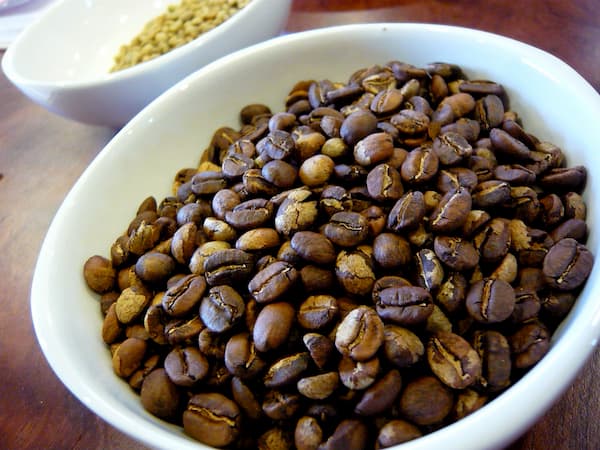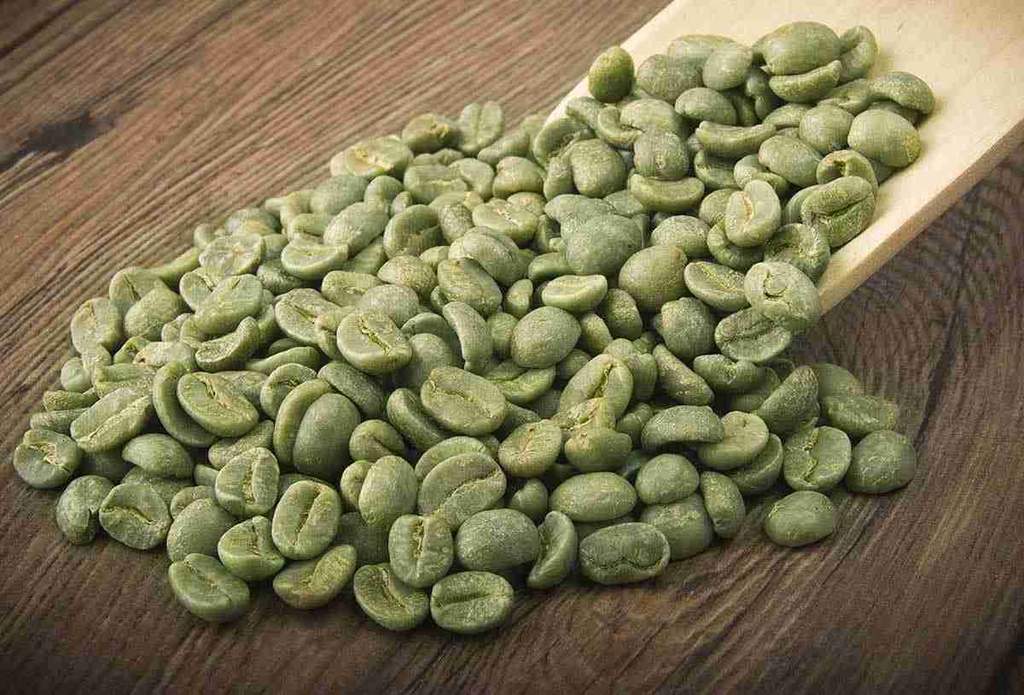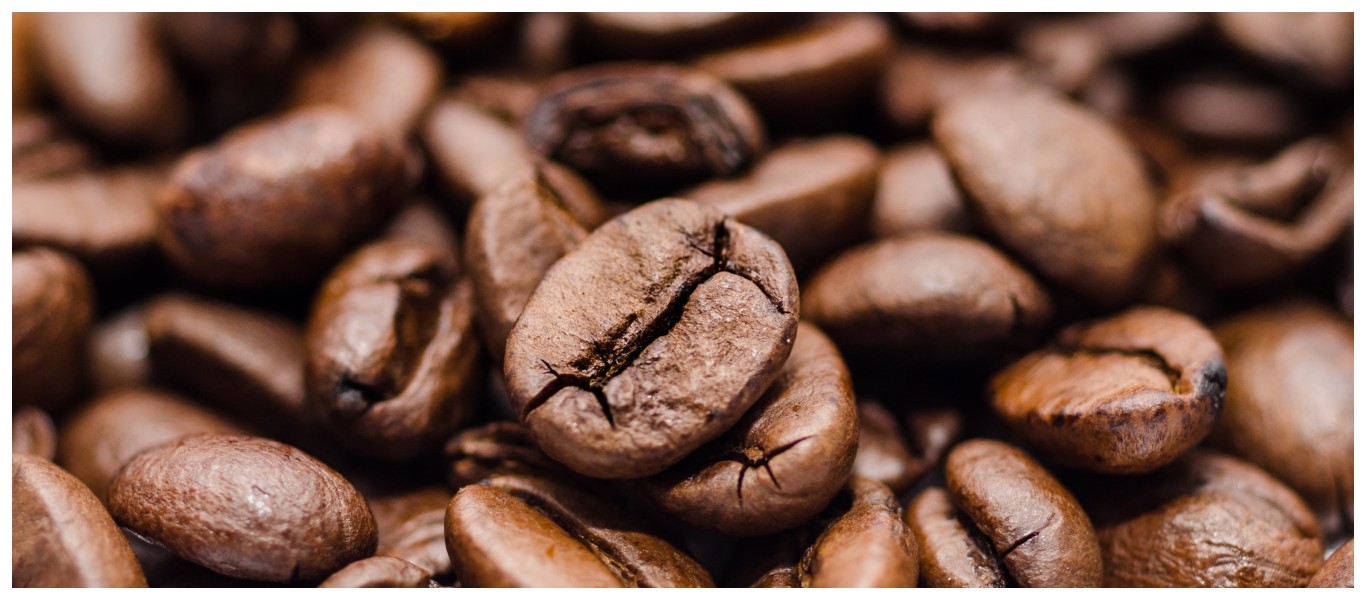Coffee is one of the most popular beverages in the world, enjoyed by millions of people every day. However, not all coffee is created equal, and the flavor and aroma of coffee can vary greatly depending on the type of coffee bean used.
Why and how are different types of coffee beans identified?
Coffee beans are categorized into different types based on their species within the Rubiaceae or “flowering plant” family, each with unique coloring and appearance.
Beyond appearance, each bean type produces a distinct taste and aroma that can be attributed to four main components: sweetness, saltiness, acidity, and bitterness. These components provide a glimpse into the origin, cultivation, and species of the coffee bean, offering a complex and fascinating world to explore for coffee enthusiasts.
Arabica
Arabica coffee is the most widely grown type of coffee, accounting for approximately 60% of commercial coffee production. Its origins can be traced back to Ethiopia, where it grows wild, but it was first cultivated in Yemen, which is where it gets its name. The beans have a sweeter and more complex flavor than Robusta coffee, which is why Arabica dominates the coffee market, especially in specialty coffee. Arabica coffee beans have a bright acidity, medium body, and multiple layers of flavor. The best way to brew Arabica coffee is through the pour-over method, which allows the subtleties of the coffee to shine through, more so than espresso or immersion brewing.
“Arabica can be elegant. It can be complex. It can have an interesting body and acidity that can be used and played with and blended into new, interesting tastes.”
Arabica coffee is grown in many countries, but the most famous regions for Arabica production include Central and South America, East Africa, and some parts of Asia. The two most common varieties of Arabica are Typica and Bourbon. Arabica coffee is generally considered to be of higher quality than Robusta coffee, and it is often more expensive. Many coffee connoisseurs appreciate the delicate and nuanced flavors of Arabica coffee, and some specialty coffees made from Arabica beans can fetch high prices. Despite its popularity, Arabica coffee can be challenging to grow, and farmers must pay close attention to factors like soil quality, altitude, and temperature to produce high-quality beans.
Robusta
Robusta coffee, known for its stronger and sharper taste, is naturally lower in acidity than Arabica and has a woody, earthy aroma. While this flavor profile might not appeal to everyone, many coffee drinkers prefer Robusta for its higher caffeine content, with 2.7% caffeine compared to Arabica’s 1.5%. Italian roasters, in particular, often blend Robusta and Arabica to add depth and complexity to their coffee blends.
Robusta is sometimes associated with poor quality due to its lower market price and is often used in instant coffee. However, this does not mean that Robusta is objectively inferior to Arabica. Ultimately, it is a matter of taste preference. Compared to Arabica, Robusta can grow on more varied terrain and withstand hotter temperatures. Robusta coffee trees can reach almost 10 meters (32 feet) in height, unlike the Arabica bush.
Robusta coffee is produced in several countries across Asia, Africa, and South America. Vietnam is the largest producer of Robusta coffee, followed by Brazil, Indonesia, and Uganda. While Robusta may not be as popular as Arabica in specialty coffee, it plays a vital role in the coffee industry and is preferred by some for its unique flavor profile and higher caffeine content.
Liberica
Liberica coffee beans are grown on the coffea liberica plant, which was first found in Liberia. Due to a coffee rust epidemic that devastated coffee production in West Africa, most of the plants are now grown in Malaysia, Indonesia, and the Philippines. In the Philippines, it is known locally as Kapeng Barako and is particularly popular.
Although Liberica is relatively easy to grow, it requires hot and humid climates and produces small yields. As a result, there is very little of it on the market, accounting for only about 2% of the world’s coffee production. It is also extremely difficult to find in the West, with the best chance being in grocery stores that serve Filipino neighborhoods. Despite its low availability, some coffee drinkers around the world appreciate Liberica’s floral aroma and bold, nutty taste, while others find it tasting like wood with a nasty aftertaste.
If you are interested in exploring new coffee flavors, Liberica is worth seeking out. Although it has a unique taste, it might not be for everyone. Nonetheless, since it’s tough to find, you might have to go out of your way to try it. So, if you’re interested in the flavor, it’s worth the effort to search for Liberica coffee.
Excelsa
Excelsa coffee beans, recently classified as a variant of Liberica beans, are a rare Southeast Asian coffee variety. They grow on trees that can reach up to 30 feet high, and produce only 7% of the world’s coffee beans.
Despite their rarity, some seasoned coffee drinkers claim that Excelsa beans produce the best-tasting coffee. It has a unique flavor profile that combines the tartness of light roast coffee with the boldness of dark roast, making it a great choice for flavor blends with Arabica and/or Robusta beans to add complexity.
As Excelsa beans are challenging to find in the Western world, it’s essential to seek out specialty coffee shops or online retailers to enjoy this exotic coffee variety. But for those adventurous coffee lovers who want to try something unique, Excelsa beans are worth the effort.





